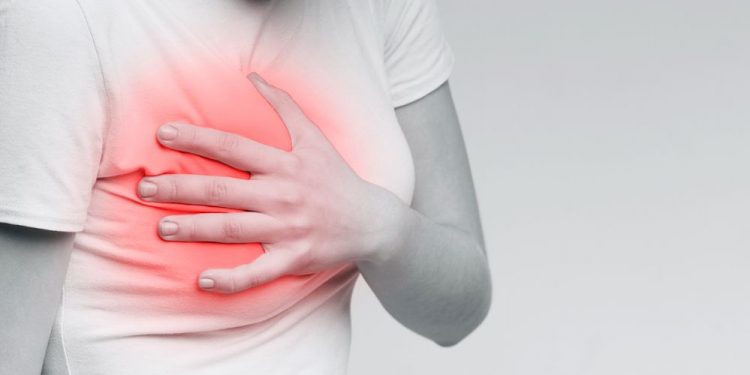Mastitis is an infection of the breast tissue, and can sometimes involve a fever. It can also cause breast pain, swelling, warmth and redness.
Most often, mastitis affects women who are breast-feeding (lactation mastitis), but it can also happen in women who are not nursing or in men. It can make a woman feel run down and leave her feeling exhausted.
The most common symptom of mastitis is pain in the breast. This pain can be sudden and severe, or it may occur gradually over a day or two. If you feel this pain, see your doctor right away.
Your doctor will perform a physical exam to help diagnose mastitis. They’ll look for the telltale signs of a clogged milk duct or a broken skin on your nipple, as well as a red, wedge-shaped area that points toward the nipple. If these symptoms are present, your doctor will probably prescribe antibiotics.
Treatment for mastitis is usually simple, and the good news is that it’s usually cleared up pretty quickly with antibiotics and other supportive care, such as resting. But in some cases, a serious infection develops that requires more aggressive treatment and can result in an abscess, which is a collection of pus.
Symptoms of mastitis can be quite sudden, with the pain or redness coming on suddenly, and then a fever and chills. This makes it easy to confuse mastitis with another illness, such as a flu, so call your doctor right away if you have these symptoms.

It’s a good idea to alternate warm and cold compresses on the inflamed part of your breast. These treatments relieve pain and increase circulation, which mobilizes infection-fighting cells in the area. You can apply a warm compress to your breast before you feed, and a cold compress to your breast after feeding or expression of milk.
You should nurse frequently if you have mastitis, and expressing breast milk every few hours will help drain your breast and clear up the infection. This will keep your breast moist and speed up the healing process.
Your doctor will probably prescribe an antibiotic for your mastitis, and you should take it as directed. The antibiotics are not harmful to your baby and will help clear up the infection.
If you’re breastfeeding, continue to do so while you’re taking the antibiotics, even if you feel tired or run down. This is the best way to help your immune system recover and to protect your baby from a potentially serious infection, such as staph bacteria.
Avoid wearing bras, as the pressure on your ducts can aggravate the infection. Wear loose-fitting tops and go braless when possible.
Engorgement is another symptom of mastitis, but it can happen any time you produce breast milk. It’s a sign that the ducts are narrowed or that your body is producing too much milk. Treating engorgement promptly will prevent the ducts from narrowing and preventing mastitis.
Bacterial mastitis occurs when bacteria enter your breast through a break in the nipple, a milk duct or another opening in your breast. This type of infection is usually treated with antibiotics and other supportive care.









